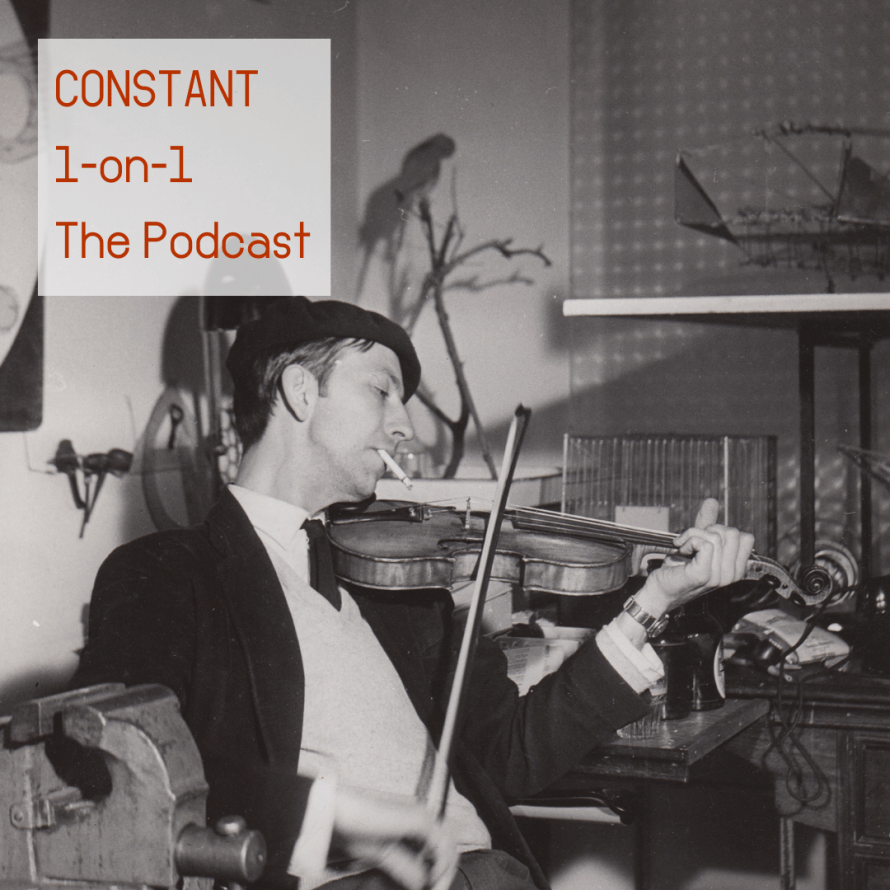Image

This four-episode series dives into Constant’s practice as an artist, his life and the context in which he operated and built his oeuvre. Ans Boersma and Thijs van Elten dig into the archive and question friends, art historians and contemporary artists about the relevance of a legacy like Constant’s in today’s world. Listen here or find Constant 1-on-1 The podcast on Spotify or wherever you listen to podcasts.
In the psecond episode we explored Constant’s New Babylon project, which he worked on from 1956 till 1974. In episode three we have arrived in the seventies and explore the idea of the Homo Ludens, the playing man. It asks the question: In what ways was Constant a homo ludens in his personality and practice, and in what ways was he not?
“Homo ludens” was a term coined by Dutch cultural historian Johan Huizinga, who, with the publication of his book Homo Ludens, a Study of the Play-Element in Culture in 1938, made an influential contribution to the field of play theory. Inspired by Huizinga, who wrote extensively on the importance of the play element of culture and how play was a necessity in generating culture, Constant created New Babylon: a city in which its inhabitants would no longer have to work and instead could spend all their time on playing and creative expression.
Interviewees
In this episode, we dive deeper into the social commentary he aimed to make with his art, as well as his love for making music, we hear from the following people:
Laura Stamps: curator of Modern and Contemporary Art at Kunstmuseum The Hague
Ronald Tolman: artist and friend of Constant
Alex Timmerman: musician and friend of Constant
Floris Alkemade: architect and former government architect